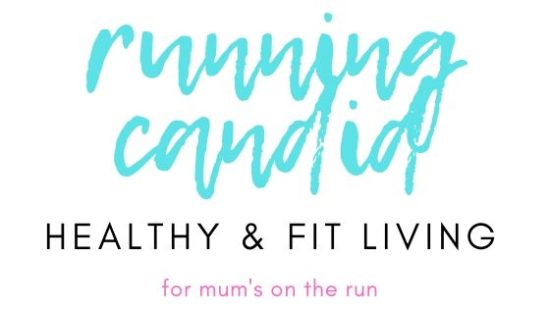When my doctor told me my bad cholesterol was a bit higher than normal I was shocked. How could that be? I eat healthy, I work out, I race. And yet my cholesterol levels aren’t in the norm. He told me to avoid greasy food. Well doc, let me tell you the last time I ate McDonald’s was sometime last year, same goes for drinking alcohol or eating deep fried food. My take-out involves a plate of sashimi or a spicy pita from Nando’s that is packed with grilled chicken and salad and that’s a once a month treat. What’s the go? How could I have high cholesterol? It just doesn’t make any sense.
Cholesterol is an essential type of fat that is important for healthy cell membrane function and required in the absorption of certain vitamins include vitamin A, D, E and K as well as the synthesis of steroid and sex hormones. It’s oxidised by the liver, turned into bile and partially excreted in feces and partially reabsorbed into the blood stream.
Cholesterol can be classified into two groups: LDL and HDL {there are also VLDL and chlyomicrons that won’t be discussed here). HDL is known to be a good cholesterol which protects against heart disease. LDL on the other hand is the nasty stuff, the type that you want to keep on the low side as it’s one of the causes of cardiovascular disease which can lead to blocked arteries, stroke and heart attacks.
 |
| Eat less fast food |
 |
| High fat dessert not the best option, eat rarely |
Being an athlete doesn’t make you completely immune. Thinking that you’re healthy and fit could be an excuse for grabbing a burger or some deep friend food at the weekend just because you can. I never thought I’d be susceptible to higher than normal LDL levels, instead I always thought that everything was fine-and-dandy where any cholesterol was concerned. While my doctor told me not to worry too much considering my healthy lifestyle, there are a few changes that can be made where nutrition is concerned.
| |
| Choose avocado over butter or margarine |
The culprits of high LDL cholesterol levels generally include saturated fats. Deep fried foods, processed meals and baked sweets are often laden with saturated fat. They are not only likely to lead to high LDL cholesterol levels if eaten regularly they can also lead to other health problems like low immunity levels, obesity and lethargy. Binge drinking and smoking are also likely to contribute and should be avoided.
 |
| Avoid soaking your meals in oil |
Bringing your cholesterol to normal levels doesn’t have to include medication. Small diet changes can make a huge difference within a few months. (You should consult your doctor if you’re concerned about your cholesterol or any other medical issues).
Oats are cholesterol fighting grains, are a good source of fibre and are your heart’s best friend. Cook them with water, add a handful of blueberries and a dash of cinnamon and you’ve a delicious breakfast to keep your heart in check. If you prefer, add half a cup of low fat milk for a creamier finish.
Fruit and vegetables contain antioxidants, vitamins and minerals that are vital for heart health, a flat tummy and general well-being. It’s been recommended that we consume two servings of fruit and five servings of vegetables every day. That might sound like much but it’s quite manageable. Add fruit to your breakfast and afternoon snack. Eat vegetables with your morning snack, two servings at lunch and two servings at dinner. Swap the night time sweet ice cream treat for a tablespoon of natural yoghurt with chopped banana or any fruit of your choice.
Aim for three serves of fish per week
Fish is a lower in fat source of protein than beef or pork. It also contains omega fatty acids which are required for a healthy heart and normal cholesterol levels. Fish may seem expensive and if you have access to a lake or the sea and can catch fresh fish on a regular basis it’s probably easier to eat it more often. However, even if you’re left with the supermarket you can still eat fish on a regular basis. Try a plate of sashimi for lunch once per week. Add a large can of tuna in spring water into your vegetable pasta meal. Shop around for fish that’s in season or on special. Buy salmon fillets and halve the portion size so that two fillets can feed four people – about 100g per serve is enough.
Having high LDL cholesterol levels doesn’t have to mean disaster where your health is concerned. It’s just a wake up call to make a few changes in your diet and exercise routine, and improving just 1% can begin to make a difference.
This week I’m swapping my daily 2 egg breakfast for cooked rolled oats with berries and almonds. I’ll leave the eggs for a Saturday and Sunday treat.



Cholesterol is an essential type of fat that is important for healthy cell membrane function
VLDL cholesterol